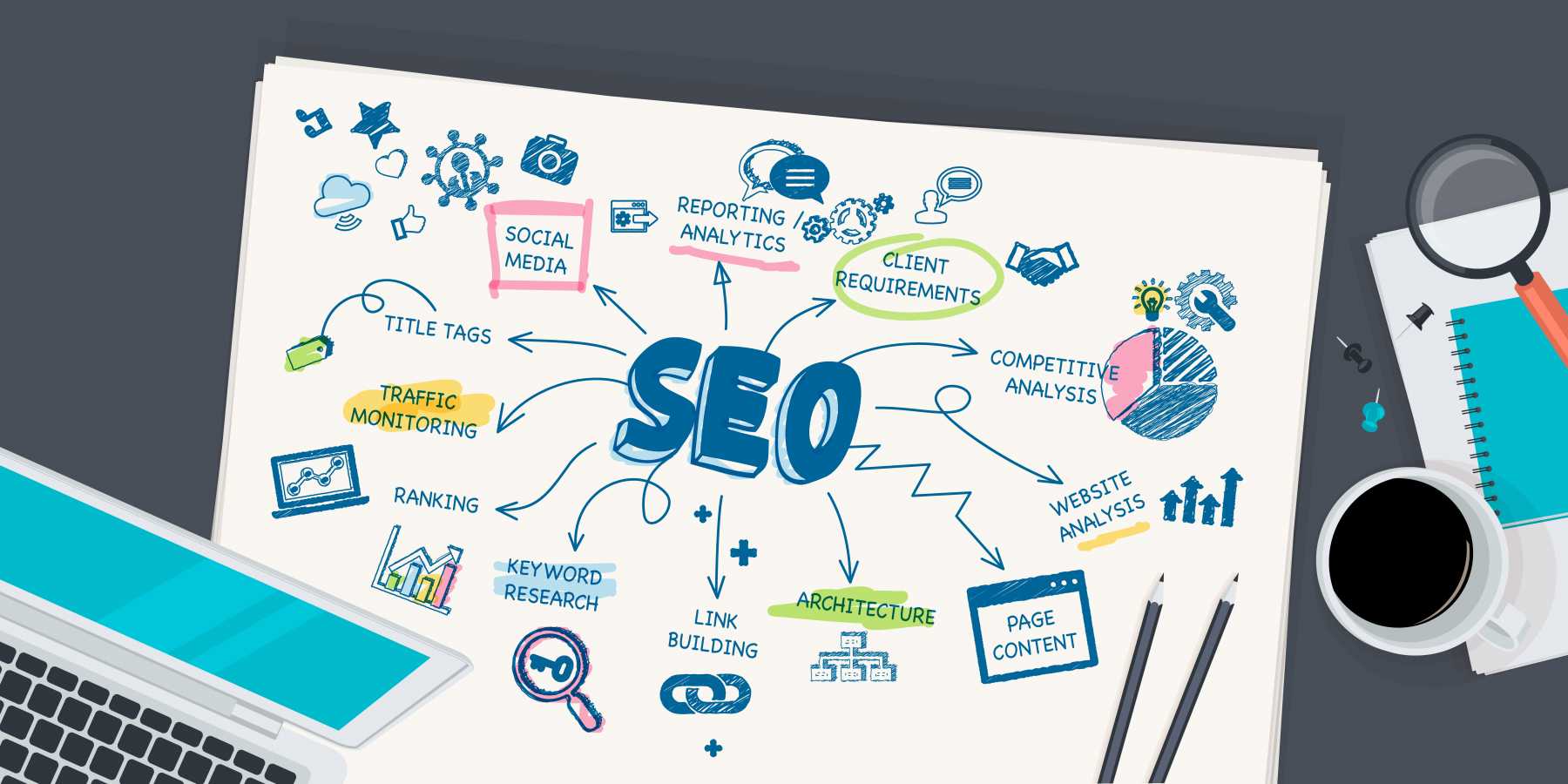[vc_row][vc_column][vc_column_text]
In this week’s Surge Session, we cover traditional marketing strategies for lead generation for both eCommerce and small businesses. We discuss how traditional marketing strategies still have their place despite the rise of digital marketing and how you can use these practices to promote your eCommerce business. Our CEO, Duran Inci, is joined by our Director of Marketing, Joseph Hassun.[/vc_column_text][vc_custom_heading text=”Direct Mail Marketing for eCommerce and Small Businesses” use_theme_fonts=”yes”][vc_column_text]
We are a digital marketing agency, so why are we talking about traditional marketing? Because traditional marketing today still works. There are billions and billions of dollars of direct mail that go to offices and go to homes and this direct mail works. However, it really depends on the industry.
But here’s the bottom line: traditional marketing still works, but it works better when it’s coupled with digital elements.
The first thing we’re going to talk about is direct mail. Direct mail is not going to work for some companies, but it works like a charm for specific industries.
If you just send a letter to somebody and you’re just directly trying to sell to them, that’s not going to work. But if you get creative about it, it might work. You need to think outside of the box and provide something of value to the person receiving your mail.
When it comes to leveraging direct mail for our clients, we actually couple it with a digital element that we built ourselves. This digital solution that goes alongside with direct mail is called Postlead.
Postlead allows you to actually track the direct mail performance, which has been the biggest obstacle in the past when it comes to direct mail. This platform allows you to actually track who converts when you send out a direct mail.
Also, Postlead allows you to personalize your direct mail on a per-recipient basis. So if you are trying to send mail to 1,000 people, and you want to personalize the dynamic fields, like their name, company, email, etc., Postlead lets you do just that.
However, what sets it apart from other tools that do that like Mailchimp is the fact that Postlead will actually go and grab the profile picture of whomever you’re sending your mail to, from LinkedIn, and slap it on the postcard. Imagine getting a postcard and seeing your picture on it. Imagine 1,000 people reacting the same way.
Then what the postcard does is, with a URL and an invitation code, as well as a QR code, it forwards the recipient to a personalized landing page with a custom video message just for them. And the moment they go to that landing page, you’re tracking them.
Another angle of Postlead is that it can actually integrate to Shopify, Volusion, 3D cart, and with BigCommerce. Let’s say you want to send a gift to everybody on your eCommerce site that purchased more than $2,000 in the past 12 months, you can actually set up these kinds of rules in Postlead and it integrates and pulls your users automatically from your eCommerce platform.
Now, this is customer relationship 101, it’s very important that you keep in touch with your best customers. That’s why direct mail still works.[/vc_column_text][vc_custom_heading text=”How to Use Event Marketing to Generate Leads for Small Businesses” use_theme_fonts=”yes”][vc_column_text]
The second form of traditional marketing we’re going to talk about is events. How can small business and eCommerce companies leverage events? How can a small business owner use events to generate leads?
Aside from just sponsoring events another great way to leverage events is to actually host events.
Hosting events allows you to specifically target the individuals that would be an ideal client for you and provide value to them in person. So it creates a personal relationship.
With events, there are tons of things you can do. You can get really creative with it, but ultimately what it allows you to do is bring in your target audience in person and make that personal interaction the first step.
What we do that here at Optimum is once every few months we’ll create an event and we’ll invite specific business owners because if they can watch us speak and meet us in person, they will be impressed. We have a lot of things that we want to share with them that can provide them a lot of value.
For an attorney, for example, that does anything with ADA, you could host a luncheon and say, “Hey, here are the things you guys need to look at when it comes to ADA compliance. Here are the things that are upcoming legally and could make you vulnerable. You should fix these things.” This is very valuable to them and they will not hesitate to reach out and want to learn more.[/vc_column_text][vc_custom_heading text=”Does Radio Advertising Work for eCommerce Companies?” use_theme_fonts=”yes”][vc_column_text]
Let’s talk about radio. There are a lot of radio stations and radio advertisements are decreasing in quality. We’re not talking about NPR or anything like that, we’re talking about local radio stations. There is a lot of really low-quality, local advertisements going on in radio right now. If you are looking to reach the masses, where do you go?
In recent years there has been a huge shift from radio to podcasts, which is, again, another digital element. Podcasts are much more versatile and allow you to much more easily target your specific demographic. These podcasts, since they are digital, allow you to have that information of the user who is listening in on that podcast. So you know exactly where to place your product. You know exactly what podcast to go after to reach your desired target audience.
You can reach an incredibly wide audience of relevant listeners by appearing or advertising on the appropriate podcasts. If you want to guest speak at these podcasts and use different angles, you will be able to do that.
But if you want to advertise on the radio, what we would recommend is to use a digital radio platform such as iHeartRadio or Pandora, and to go through a broker. These platforms have minimums, but brokers will always have lower minimums.
Work with a company that has these ends because everybody is on their mobile right now. Everybody’s listening to music. So if you want to reach the masses, you have to go after podcasts, you have to go after online radio. Traditional radio only works if you have something extremely local, and even then it’s never a sure thing.
Remember, we are spoiled in this day and age, we want instant satisfaction. Nobody is going to hear an ad on the radio and react to that call to action right away. If you want true B2B leads and increase your business, traditional radio is not the way to go.[/vc_column_text][vc_custom_heading text=”How to Use Billboards for eCommerce Companies” use_theme_fonts=”yes”][vc_column_text]
Now, let’s go to billboards. Do billboards work? Well, that’s a tough question to answer. For branding, they work like a charm. For a big company like Geico that has to stay in front of people, billboards can be great.
However, the real question is do they work for eCommerce, for small businesses, for lead generation? Well, we don’t know and that’s the thing, nobody really does.
As marketers, our biggest need is to be able to track our ad placements and campaigns. If we can’t track it, we won’t do it. So that’s our biggest pet peeve with traditional marketing and billboards especially. They are really difficult to track.
However, it depends on your KPIs, your key performance indicators. If your KPI is impressions and how many people see you, then you’re somebody like Geico or Allstate and you’re going to get as many impressions as possible. You will pay for impressions.
But small business and eCommerce businesses, unless you’re Amazon or Zappos, are not going to pay for impressions. They are going to pay per sale. They’re going to pay per lead, they’re going to want activity and direct results.
Regarding billboards, there are a couple of solutions out there where you could do digital placement on billboards and they’re not expensive. You could go on a billboard for less than $1,000. But you have to know the right people. Again, we, here at Optimum7, are brokers with some of these billboard providers, so if you want any information regarding digital billboard ad placement, reach out to us
Remember, billboards are going digital as well. eMarketer expects for all the billboards to go digital in the next three years. You will not have any print billboards in the next three years, which also means that you can serve your ad to mirror wherever you want. You are not limited to one single, physical billboard. You can now advertise on networks of billboards.
If you are local, if you are any kind of local restaurant if you want to do a quick push, if you want to just put a few thousand dollars and get hundreds of thousands of impressions for a few weeks, billboards still work in our opinion. But we’re not sure how it works in terms of lead generation, and, again, that is the main issues. No one truly knows.
Just make sure that if you do leverage a billboard, to definitely put a code, a custom URL, or a different phone number in there so you can track directly what’s coming from the billboard.[/vc_column_text][vc_custom_heading text=”Public Relations (PR) for Small Businesses and eCommerce Companies” use_theme_fonts=”yes”][vc_column_text]
The last form of traditional marketing we have is PR: paid PR, magazine placements, newspaper placements, etc. Does it work? For lead generation, not so much anymore. For branding, it still works like a charm.
For lead generation, it’s really difficult, especially if you’re going to do newspapers. When it comes to magazines, you need to make sure that you’re in that specific niche, that you know the readers of that magazine and the subscribers of that magazine. We have seen that work from time to time, but now, again, we are seeing a strong push to the digital side of PR.
PR through online publications is where we are seeing a huge increase in lead generation.
If you are a marketing manager and your boss is old fashioned, your angle as a marketing expert or a marketing employee should be “Sure, let’s do magazine placements, but we can have a digital element to it.” And that digital element is online PR. Do online placements.
There are so many different publications you can leverage, like Inc., Forbes, Huffington Post, Entrepreneur, Wired, and many, many more.
So do online PR placements, build relationships with authors and editors, and make sure to leverage social media. Use influencers. Use influencer marketing.
Find people who have large followings and leverage them, because one post for $500, if you have the right product and the right angle, might mean thousands of dollars in revenue for you.
So merge your strategies. Use traditional and digital marketing together. Use this angle from to win over your old fashioned boss or old fashioned C-Level who loves these traditional marketing strategies.
The bottom line is: whatever it is that you’re doing traditionally, you have to track it and it has to have a digital element to it because everything is digital in today’s world. If you are not doing that, it’s not going to work, especially if it’s from a lead generation standpoint or from an eCommerce order standpoint.
As we stated at the beginning of this Surge Session: traditional marketing still works, but it works exponentially better when it’s coupled with digital elements.
Do you need help leveraging traditional marketing to grow your small business or eCommerce business? Want to learn more about the practices and strategies we covered in this Surge Session?
Contact us. We’re here to help.
SPEAK TO AN eCommerce EXPERT[/vc_column_text][/vc_column][/vc_row]





